
RAF Edlesborough - May 2010
RAF Edlesborough was run by the Defence Communication
Services Agency and would have provided a world wide transmission only
service (most probably) for teletype communications. It had 40
operational high power HF SSB / ISB transmitters to maintain 24/7
communications. Other than that, there is very little information on
this site. There was a warning label stuck on one of the isolators for a
repair dated for Nov 1995 so I guess it closed not much long after that
since repair was never completed. The building is arranged as a cross,
the larger, central building appears to have contained the radio
equipment which were connected to the aerials through small slots in the
walls. I guess the aerials would have been located in the huge fields
surrounding the site. The two other wings appeared to have contained the
admin block and the generator block. Also on site in a completely
separate building are the remains of what one can only assume to be a
crèche of some kind although it looks like a good few raves had been
held in it recently. Not really the biggest of sites but still a few
interesting bits and bobs about.
An interesting write up on the site can be downloaded
here (as a pdf file) written by a
serviceman who was stationed there during the 80's and has been kind
enough to let me include it here.
The Admin block.
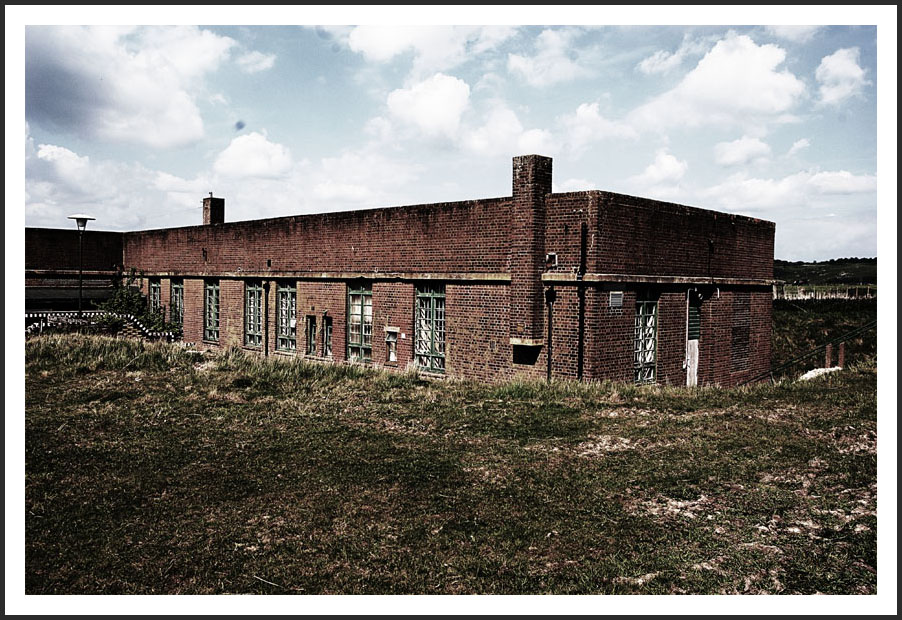
Inside the block.
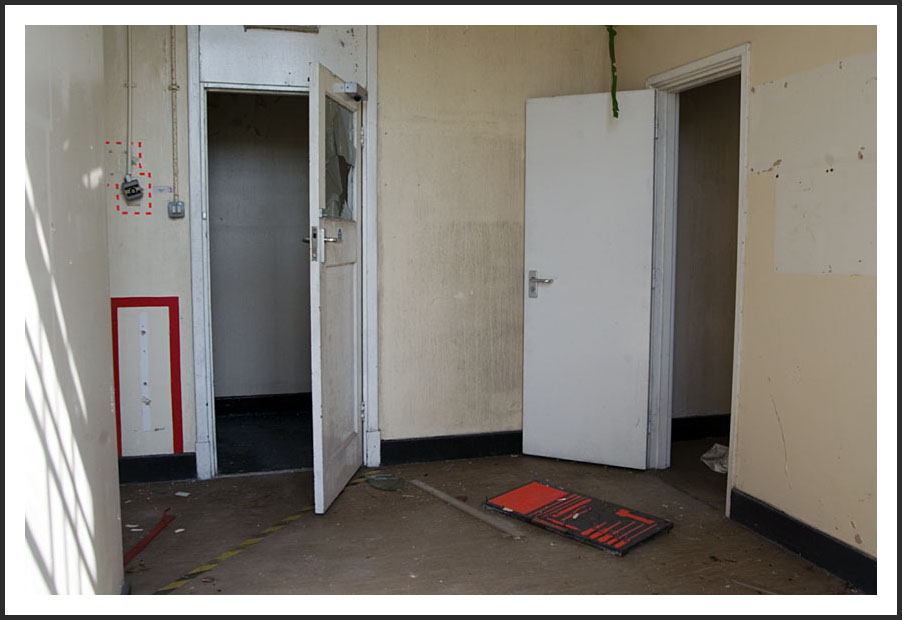
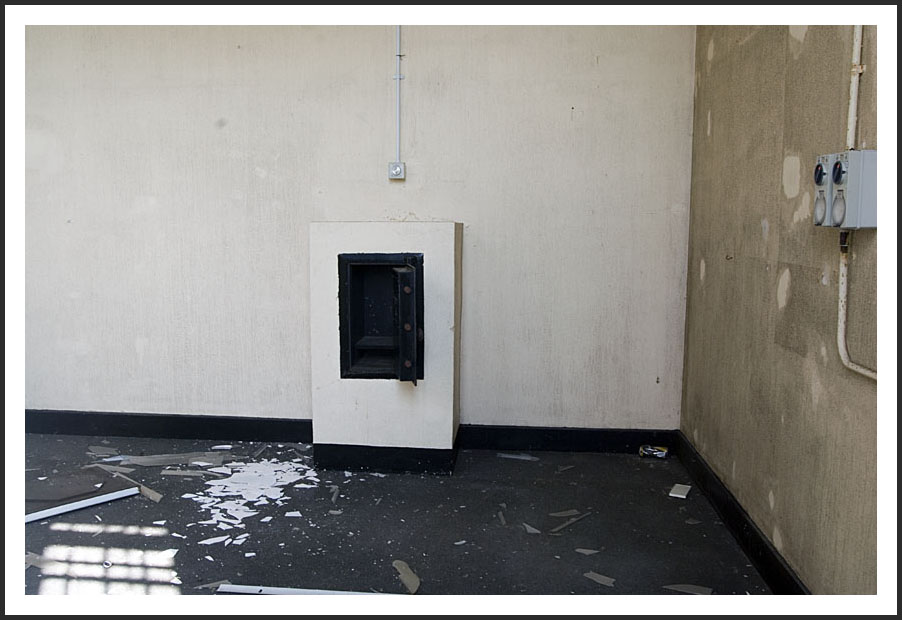
Cooling equipment block.
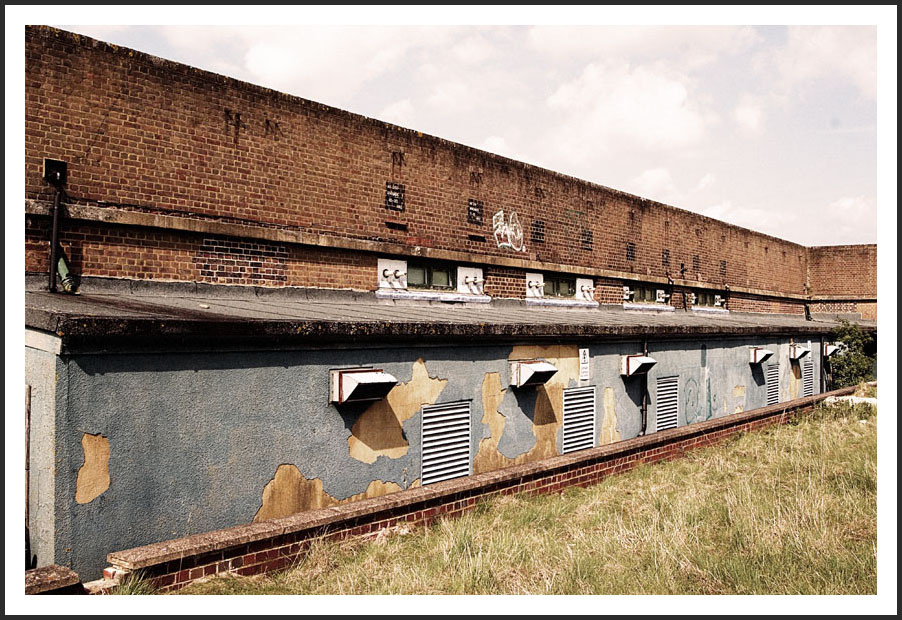
Inside.
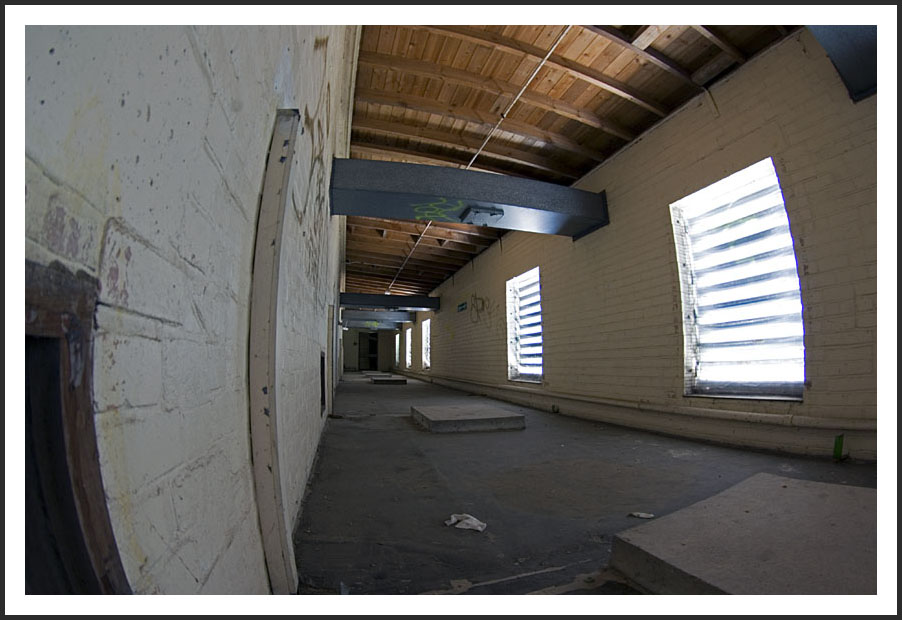
All about the site where these porcelain isolators I presume the aerials
once must have connected to.
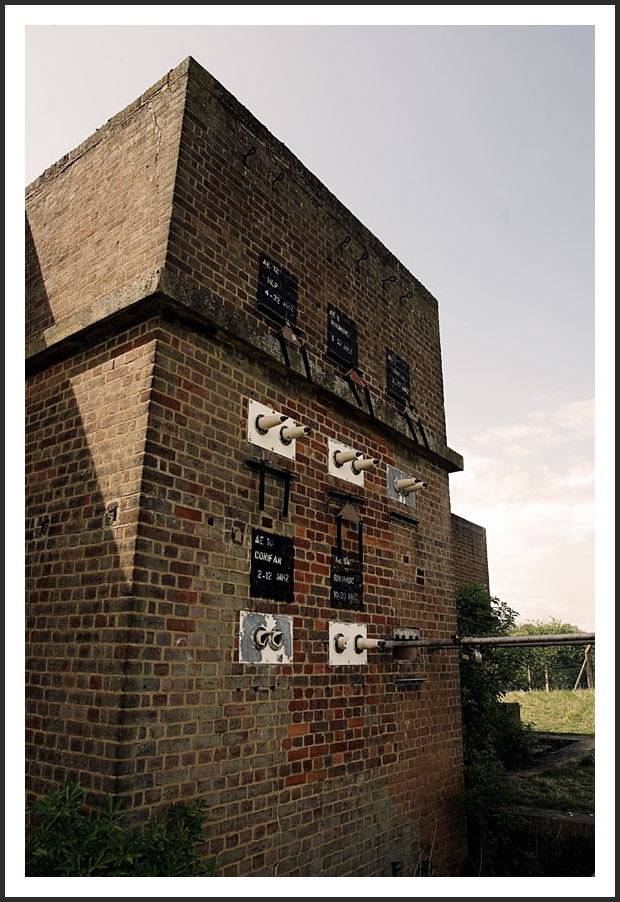
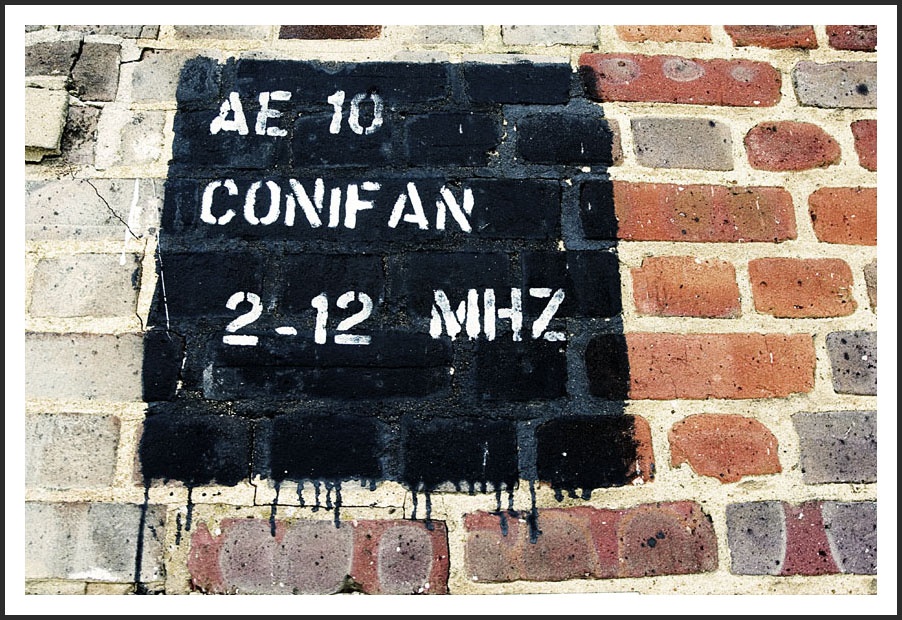
A large concrete anchor once used to stabilise the aerials.

Inside the Radio station.
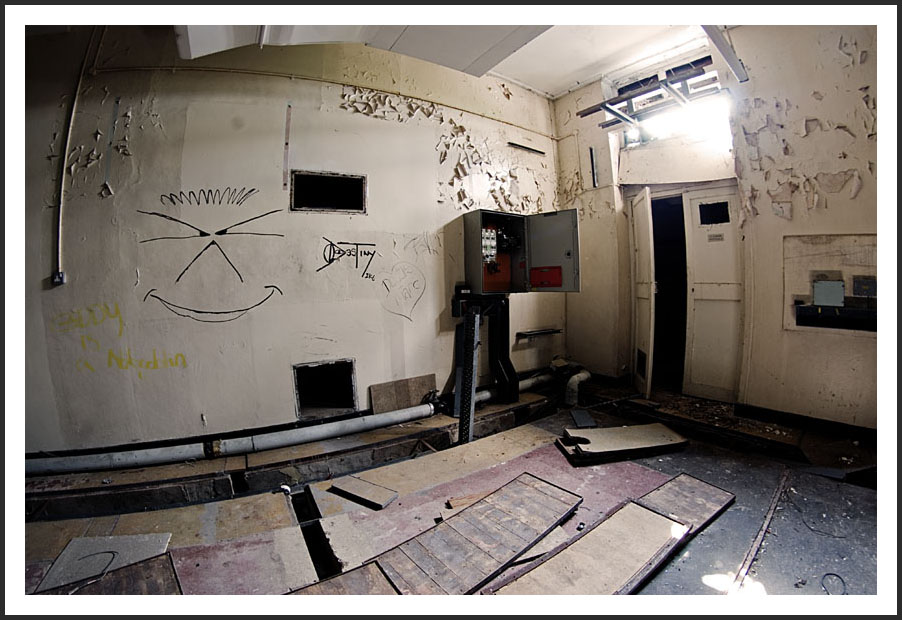
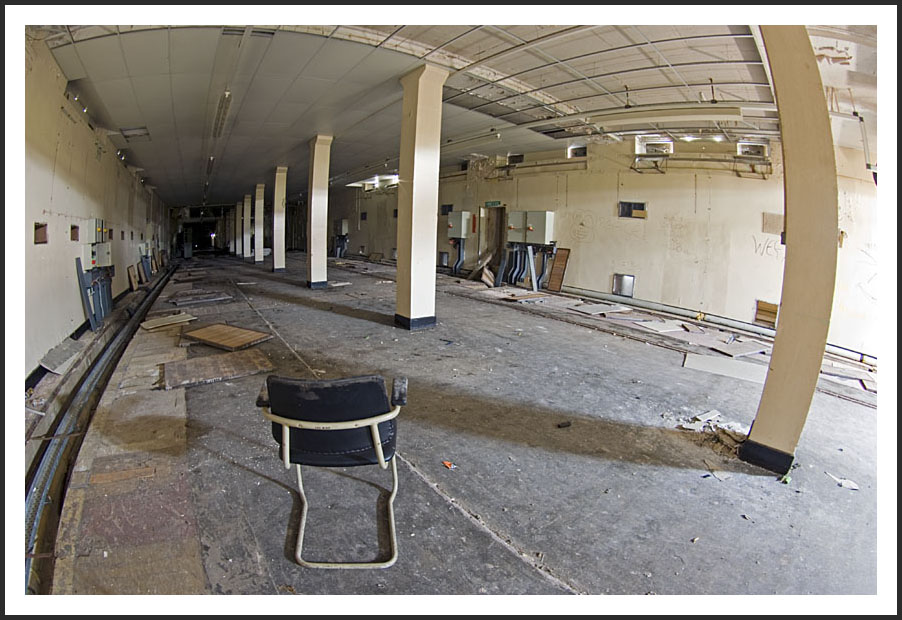
About half way down there is still some equipment in place.

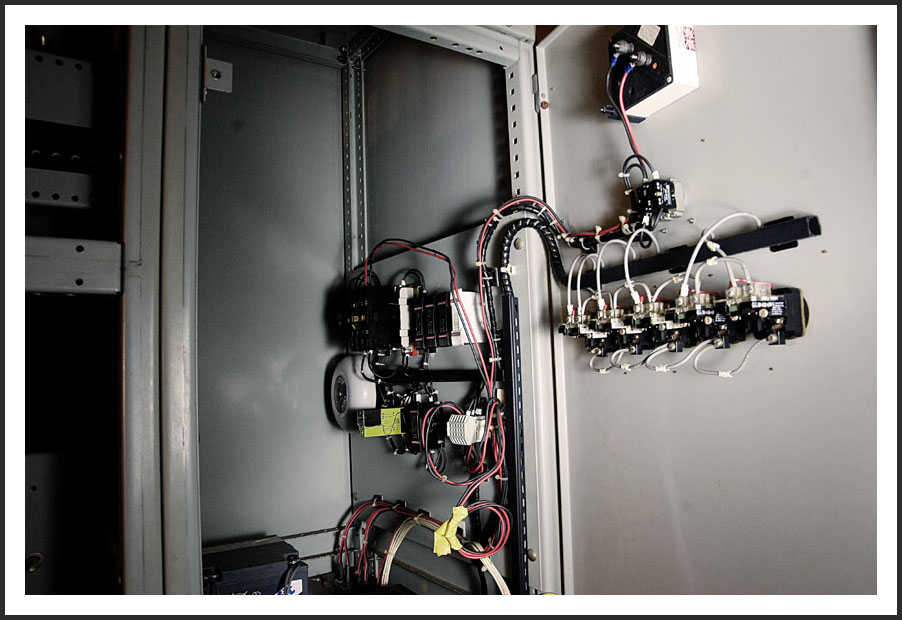
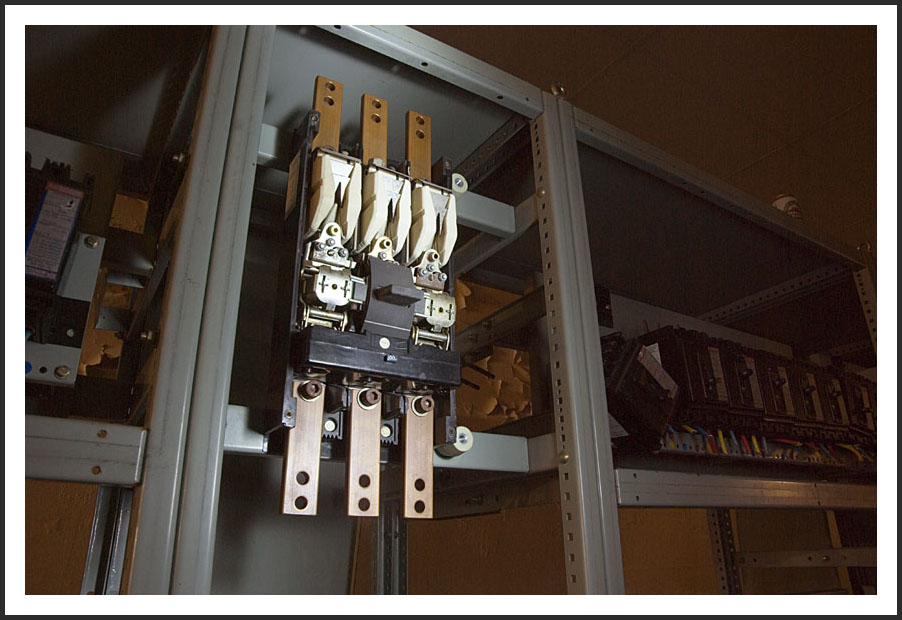
View from the other end.
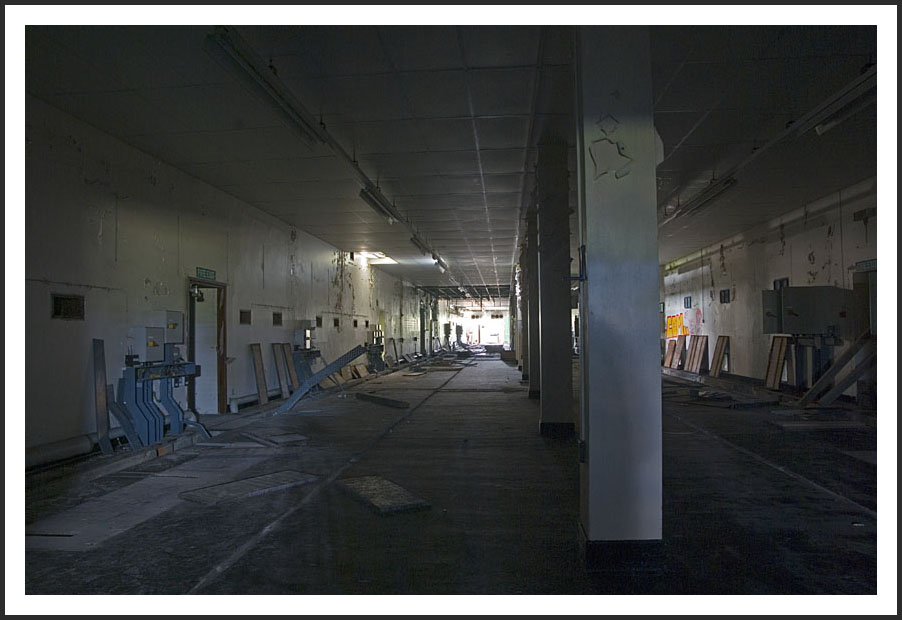
There were also some out buildings that must have once been used a crèche. There
were some paintings on the wall relating to the sites use.
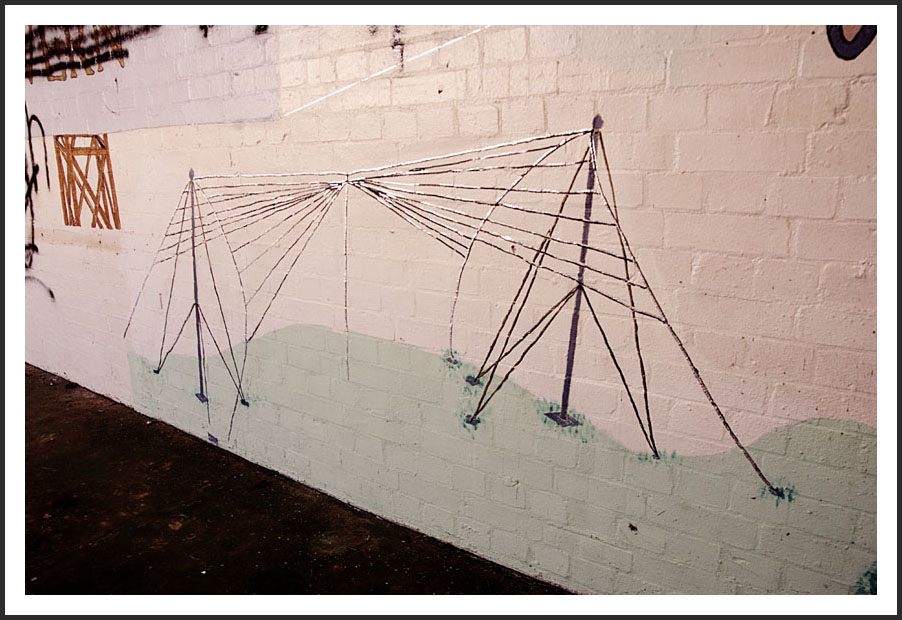
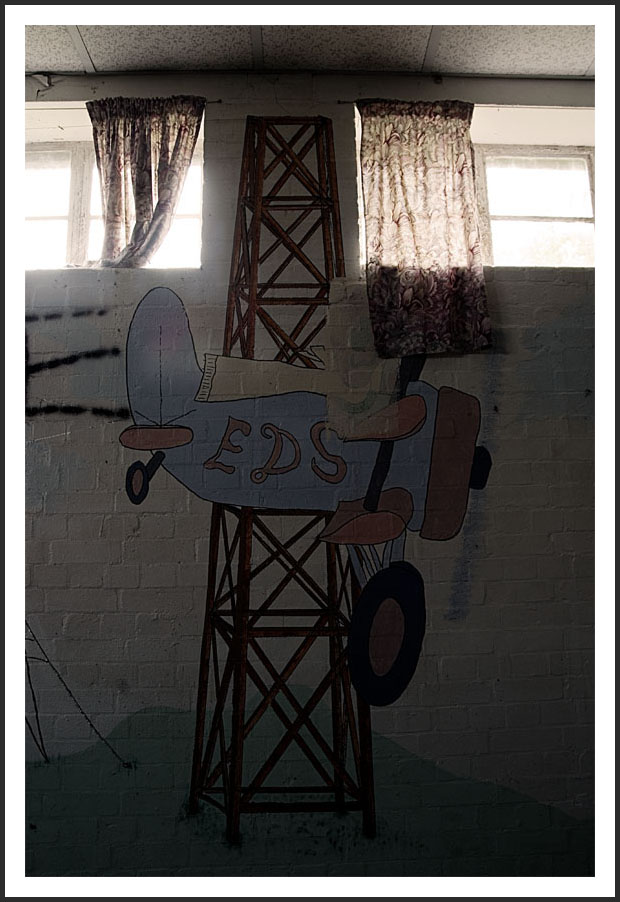
July 2024 - Kenn Sharp has been in touch with some pictures and memoirs of his
time serving at RAF Edlesborough during 1983. He recalls...
The picture shows the chair that was in the middle of the transmitter hall
and someone had to be there or close by at all times to hear the teleprinter as
it was very noisy with about 25 transmitters, so on a shift if some servicing
was being done on a transmitter along the hall, one of the team had to be able
to hear the teleprinter.
The Transmitters were mainly Marconi HS31, HS51 and HS71 (HF High Frequency
transmitters) but I can't remember which the two in the photographs were. Among
the receiving stations we transmitted to were Cyprus, Gibraltar, Germany, Malta,
Belize and Ascension Island became important during the Falklands.

© Kenn Sharp 2024
Behind me was a panel with strips of hard plastic that we wrote which
Transmitter was on what frequency and other info so that it could all be seen at
the control desk, two teleprinters can be seen left and right of me. Stanbridge
Comms. Centre advised us of the frequency changes required and we transmitted
comms. traffic encrypted at the comms. centre to the receiving end. On the wall
behind my head are the Aerial keys, when a transmitter was connected to an
aerial it was locked so that an aerial could not be connected to two
transmitters at the same time and a frequency change almost always required a
change of aerial.
Sometimes when fault finding on a transmitter the override had to be used to
power up with the panels removed as seen in the picture.
This could be a bit scary as from memory I think the voltage on the final stage
had been amplified to about 5-6 kilovolts.

Transmitter 19
© Kenn Sharp 2024
On the transmitter below a series of dials can be seen. These were used stage
by stage to tune the three (I think) amplifier stages to finally get power
output 12-15 KW.

Transmitter 11
© Kenn Sharp 2024
The picture of the hall shows an oscilloscope, this showed us that when
tuned to a particular frequency, our transmitter was indeed transmitting a
signal on that frequency.

Main Hall
© Kenn Sharp 2024





















